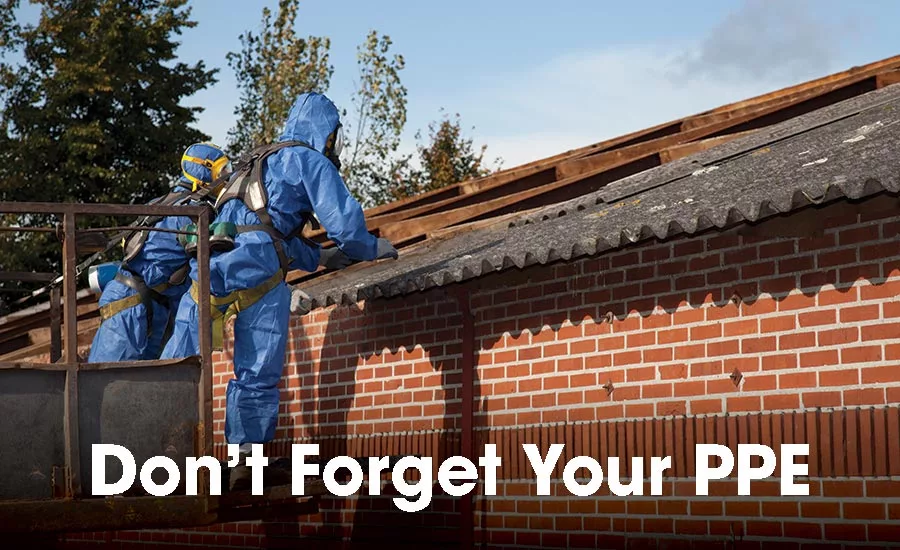Contents Corner: Don't Forget Your PPE

Anyone in this industry is familiar with the term PPE - Personal Protective Equipment. And no doubt you know restoration jobs are filled with hazards like mold, asbestos, VOC’s, sharp objects, collapsing ceilings, and debris-covered walkways (just to name a few).
Hazards like these are not to be taken lightly, yet so many do just that.
So many of us licensed, trained professionals have been guilty of walking onto a job with an adjuster without putting so much as booties on our feet. Not to mention safety glasses, respirators, or proper footwear. I have seen owners and managers walk onto fire jobs without gloves, booties, proper lighting, or even full-length pants. That’s right, they were wearing shorts! I made many similar mistakes when I first joined the industry.
Donald Rumsfeld’s famous quote “You don’t know what you don’t know” applies here. Years ago, we just weren’t aware of all the dangers. However, today with all of the research and advancements in safety gear, there is no excuse for not taking responsibility to educate ourselves and make sure we are protecting ourselves and our employees.
As restoration professionals, we need to put measures in place in our companies to ensure we are protecting ourselves and those we send out in the field. Part of this equation is putting systems in place to ensure that all are adhering to these safety protocols.
On a contents job, sometimes the use of PPE is overlooked as sometimes the hazards are not visible and so we minimize the situation. But we have to remember there can be a lot of airborne hazards not apparent with the naked eye. We need to have some things in place like regular safety training, education about job hazards, checks and balances along with disciplinary actions if the safety protocols are not followed.
In order to accomplish this you need to have a few things in place such as:
- Written company safety policies
- Disciplinary action to be taken if they are not followed
- Regular educational safety meetings for your team
- A PPE kit issued to each of your employees signs out
- Regular job site check in to ensure company policy is adhered to
The type of restoration work your company performs will dictate what type of gear you need in your PPE kits and available to your staff. Those kits might include:
- Tyvek suite
- Booties
- Disposable respirators
- Full or half face reusable respirators
- Cartridges for reusable respirators
- Eye wash kits
- Safety glasses or goggles
- Gloves
- Rubber boots
- Portable lights
- MSDS sheets
- Rain coat
- Reflective gear
- Face shields
- Hard hats
- Safety harness
It is not just sufficient to have the above gear available for your employees; you must also educate about safety and how to properly use PPE.
Depending on the state or jurisdiction you are in, you may also have state-mandated safety regulations to comply with. It is important to be aware of your local laws to make sure that you are in compliance with work place safety according to local law.
And as an owner or manager of a restoration company, we have to set the example by using this gear ourselves. Set the bar high for your safety and your team will follow your lead.
I would love to hear feedback from any owners or managers willing to share exactly what you do within your company to ensure job site safety. What do you have in place to ensure compliance thru education and systems! Email me at annissa@firehouseducation.com.
Looking for a reprint of this article?
From high-res PDFs to custom plaques, order your copy today!








